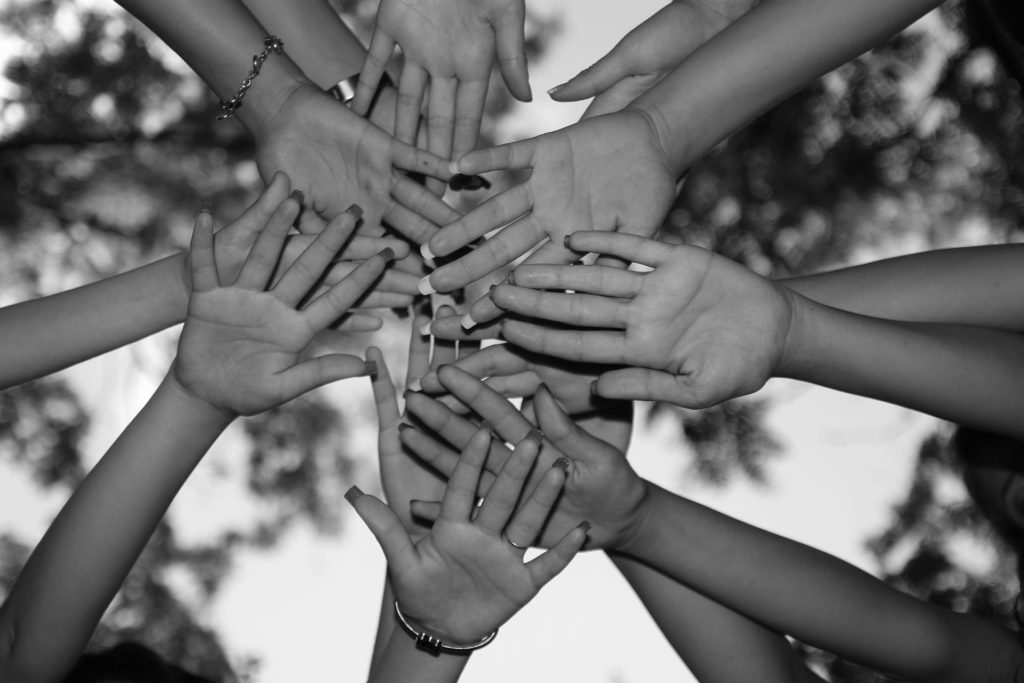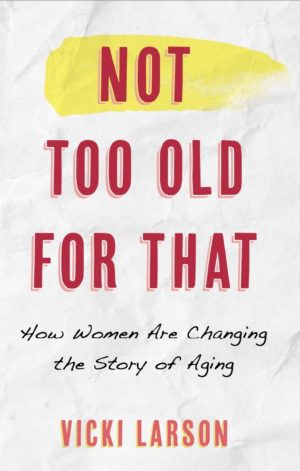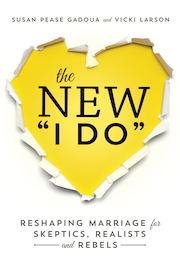Sheryl Sandberg, Facebook’s chief operating officer and founder of Lean In, experienced the kind of grief some of us already know and what most married people will likely know — the sudden death of a spouse. Her husband, Dave, died of cardiac arrhythmia while they were on a Mexican vacation in 2015, and Sandburg had to fly home by herself to tell their two children, then 7 and 10, that their father was dead. 
While dealing with her own grief as well as experiencing a “real feeling of isolation” — we have a hard time talking about death and knowing what to say to someone who’s experienced it — she had to help her children with their own, and somehow get through the tragedy together in a way that would make them stronger, more resilient, all the while wondering how she could just get through another day. Now she has co-authored a new book, Option B: Facing Adversity, Building Resilience, and Finding Joy, to help people move on after grief.
Grief isn’t unique to people experiencing the death of a loved one — it also comes from divorce, often considered the most stressful situation after death; the end of a relationship, romantic or not; an illness or disability; disenfranchisement or abandonment by a loved one, such as a parent; the loss of a job; abuse; growing up with an incarcerated, mentally ill or addicted parent or loved one. In other words, there’s a lot of grief in all of our lives.
So how to give children the tools to weather what’s to come?
Creating resilience
Sandberg says it’s important to let kids know that they matter. All of us want to feel needed and loved. As she writes:
Adolescents who feel that they matter are less likely to suffer from depression, low self-esteem and suicidal thoughts. They’re less likely to lash out at their families and engage in rebellious, illegal and harmful behaviors. Once they reach college, they have better mental health.
So, it’s on their parents to make that happen. Not to say that a parent — or parents — alone can’t do that; many of us do. But some don’t, or don’t do it well. Then what? Do we let those children flounder? Society suffers from children growing up with “rebellious, illegal and harmful behaviors.”
Which is why I believe we need to create a village of people to care for our kids (and each other). Yet we moms ourselves are often guilty in making that village impossible to find, which was the impetus for “Why our kids need others to love them,” an essay I wrote for Motherwell Magazine (you can read the entire essay here). Here’s an excerpt from it:
Sharing our children with others, especially with non-family members, isn’t always easy, according to Cameron Lynne Macdonald, whose book Shadow Mothers: Nannies, Au Pairs, and the Micropolitics of Mothering, explores the often complicated relationship between mothers and caregivers.
“There’s a sense for most women that it hurts, that their first impulse was to always want to be the one their baby sought for comfort. That’s understandable,” Macdonald says.
But what matters, she goes on, is what mothers do with that feeling. There are different responses, she explains. The “it hurts but I’m glad my child has a nanny she loves” reaction; the moms who strategically hire au pairs only on one-year contracts which, by default, makes the mother the central attachment in the child’s life; and then there are the moms who fire the nanny when the child would reach for her first.
That’s a problem, argues University of Sheffield, England, philosophy professor Anca Gheaus, who has published numerous papers on the rights of parents and children. Children deserve to have continuity of care, she says, and shouldn’t be subjected to the whims—and jealousies—of their parents. Parents have no moral right to fire a beloved caretaker, she believes, especially if the child and the baby-sitter have become deeply attached and maintaining a connection would benefit both. Which is why she suggests that some non-parental childcare should be mandatory despite—and perhaps especially because of—parental jealousy.
“I know as a parent that it can be difficult to watch how others become close to your child, especially when their way of doing things is different from yours, and different from what you think is ideal,” Gheaus, the mother of a young son herself, told me in an interview. “This may be especially true for people who came to identify with their parental role above everything—which is still the case with many women.”
But, people can be trained to manage their jealousy, especially if social expectations around childrearing changed.
That would benefit children, who’d have more people to look after them and mentor them, as well as moms, who still typically do the bulk of childcare and pay the price for it, not only in their careers but also in a society that tends to blame mothers for any perceived failings.
So, how would that help someone in Sandberg’s position? For starters, it wouldn’t feel so isolating — for her or her children. One of the worst parts of grief is feeling we are alone in it, that no one else can understand the depth of our suffering. But many of us have our own sorrows that we don’t share with others — perhaps not the death of a spouse, but other tragedies that have nearly destroyed us or changed our worldview.
If she was having an exceptionally hard time, perhaps requiring antidepressants or, worse, was self-medicating, as some grieving people do — her kids wouldn’t have to suffer any more than they already were. Some children, not wanting to burden their grieving parent, might not share their own feelings — they might suffer silently. If a parent were truly consumed with grieving, a child might become like the parent and become his or her caretaker — what’s known as parentification. This is damaging to the child.
A more caring society
A better way to raise resilient children, and thus adults, is to create policies that encourage a more caring society. One way to do that is creating a community-based village of trained, quality and ongoing caregivers-mentors, both men and women — a concept I call carenting.
Sandberg’s a billionaire — she could easily afford to pay for the best help for her family, psychologists and nannies and babysitters, as they grieved, which many of us might not be able to afford. Still, that’s not quite the same as having a truly caring village of people who wouldn’t need to ask, “How can I help?” They’d already know.
We don’t have that kind of a society yet, but that doesn’t mean we can’t start to create our own village now and be part of a village for others. Really, it’s all we have.
Want to learn how to avoid having a “greedy” marriage? (Of course you do!) Read The New I Do: Reshaping Marriage for Skeptics, Realists and Rebels (Seal Press); you can order it on Amazon.

















Not wanting to burden others wit ones own misery takes a terrible toll eventually and it is difficult to overcome from childhood through adulthood.
I have had several “barn kids” that I have helped raise. They also had caring parents who would sometimes come to me to see how their kids were doing, especially through the teenage years. I enjoyed being part of their world and they have all turned out well. It’s nice to think I may have had a small part in that.